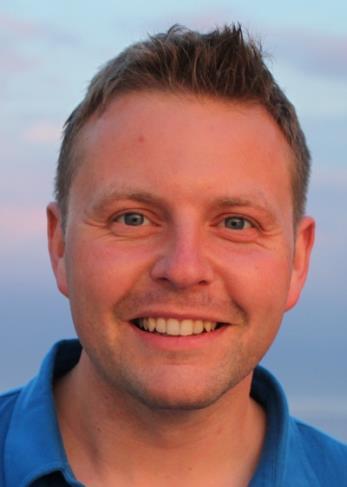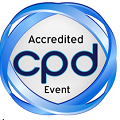
Thomas Jensen
Technical University of Denmark, Ballerup Campus, Denmark
Title: Future wastewater solutions: removal of pharmaceuticals in conventional wastewater treatment plants
Biography
Biography: Thomas Jensen
Abstract
Residues of pharmaceuticals, personal care products and industrial chemicals find their way into the environment mainly through incomplete removal in the conventional urban wastewater treatment plants (WWTPs) and appear as micro-pollutants at pg L-1 to µg L-1 concentrations. WWTPs were designed to remove macro-pollutants (BOD, N, P), and therefore remove micro-pollutants only to some extent. Efficient removal of micro-pollutants appears presently as one of main challenges for the WWTPs in Denmark as well worldwide. Several hospitals in Denmark are currently facing the strict regulation with regards to discharge of pharmaceuticals in wastewater effluents. Nonetheless, the challenge of the growing number of ambulant treatments and increasing consumption of pharmaceuticals at home has not been addressed so far. Already now more than 95% of pharmaceutical consumption happens at home. Moreover, the database entries with emission sources reports that WWTPs are the dominant emission pathway of pharmaceuticals into the aquatic environment, while hospitals are listed as the second most frequently listed emission source. In this view, the regulation for the largest hospitals in Denmark may be perceived as a first step towards reduction of micro-pollutants in the aquatic environment, while introduction of a new regulation for the WWTPs will follow as a second step. In cooperation with Danish water utility Fors A/S, Aarhus University, Department of Environmental Science and Technical University of Denmark an innovation project have been setup to test and analyses for micro-pollutants within two WWTP. Fors A/S provides effluent samples from their two biggest WWTPs, while Aarhus University performs the analyses of micro-pollutants in the effluents by means of advanced analytical techniques. The analyses target approximately 26 micro-pollutants, including common antibiotics, pain killers, antidepressants, contrast media and blood pressure pharmaceuticals. We compared the measured concentrations in the effluents with the current emission limits required for the hospitals, and assessed the necessity of implementing further actions to improve removal of micro-pollutants at these two WWTPs.

